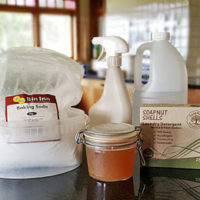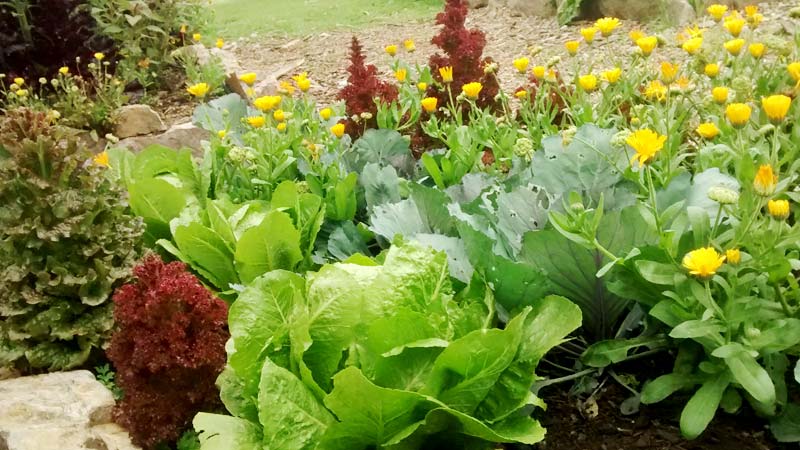
Organic Gardening isn’t just gardening without the use of synthetic fertilisers or pesticides, although this is undoubtedly one of the key principles. The philosophy of organic gardening is more holistic and is about nurturing the entire ecosystem in your vegetable garden from the soil upwards, including water supply, climate, wildlife and insects. Dedicated organic gardeners look at all these elements as part of a whole, not in isolation. The goal is to create a naturally sustainable garden and a harmony where all the elements work together.
We’re big ambassadors for ‘Grow Your Own’ and organic gardening. It’s a cheap way to get fresh, good quality food onto your family’s table. Our own veggie garden is still (always…) a work in progress and we can’t dedicate as much time to it as we would like but we still get a pretty good harvest of food from it including herbs, greens (lots of), beans, potatoes, leeks and rhubarb. You really don’t have to be an expert or spend all your spare time gardening to achieve some good results. And if you try out a vegetable and it doesn’t work…you can try something else next time.
Below are some simple and easy organic gardening principles that you can apply, whether you are just starting out with a few small planters or already have an established ‘patch’.
1. Organic Gardening Starts with Soil Health: Nourish Your Soil with Organic Fertilisers
Soil health is of paramount importance for organic gardening. The soil is what provides our plants with the nutrients they need to grow healthy and strong, which in turn provide us with the nutrients we need. Remember…if it’s not in the soil, it can’t be in our food.
As plants grow, they use up the nutrients in the soil and these need to be replenished in the form of fertiliser. Applying a really good organic fertiliser or soil enhancer before you plant is like giving your soil, and your plants a superfood snack and is well worth doing especially in newly created gardens.
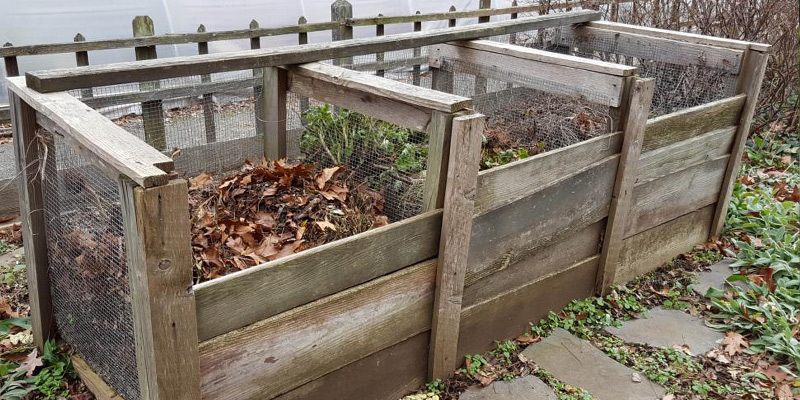
2. Start a Compost Heap
Regularly applying your own organic compost to your veggie patch is a great way to boost soil health and increase its ability to hold nutrients. The ingredients of a good organic compost are readily available in most homes from your lawn or garden if you have one and from your kitchen. Grass cuttings, fallen leaves, coffee grounds and vegetable scraps are all ideal organic material to put on your compost.
You can get compost bins from most hardware stores and these are great if you have limited space. Making your own bin from bits of old wood is easy too and if you’re not short of space, a big old pile works just as well!!
There are various ‘recipes’ out there for compost but it’s not an exact science. What you will need is a balanced mix of green stuff and brown stuff. Green stuff is rich in nitrogen and includes things like weeds, grass cuttings and kitchen scraps; brown stuff is a source of carbon and includes leaves, straw and dead flowers.
Make sure that whatever goes into your compost is organic material made of small ‘pieces’. This will avoid the need for lots of sieving and bigger things like branches make it very hard to turn your pile. Avoid putting meat and dairy products onto your compost because this will attract vermin which nobody wants…
You will need to turn your pile every month or so to give it sufficient air and this is when you can see how it’s doing. If it’s soggy, add more brown material and if it’s too dry add more green. If there are worms in there, you are winning but if you don’t see any, you can always re-home some from other areas of your garden.
What you should end up with after a few months is a dark, crumbly compost that the experts call ‘black gold’. You can dig the compost through your soil after removing dead plants and use as a mulch to put around existing plants.
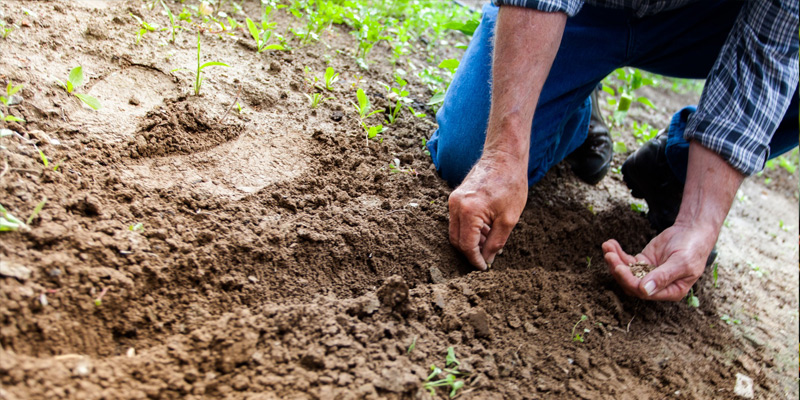
3. Choose Plants Suited to the Environment you Have
Does your garden get full sun all day..?? Is it windy or sheltered..?? When you’re choosing plants for your garden, consider what they need to grow best. If you’re unsure, ask a friendly, knowledgeable garden centre attendant or look at the labelling in the pot which should tell you what the ideal growing conditions are.
If your garden doesn’t get much sun, you are better off choosing varieties that thrive in cooler shady spots. If you have very dense, clay rich soil that holds moisture, it’s best not to choose a plant that likes ‘well drained soil’ or grows deep roots. If you try to grow plants in conditions they don’t like, you’ll probably have to give them lots of TLC in the form of fertiliser and pest control, and even then, they might not do well.
If a plant does not seem to be thriving in a particular area despite your best efforts, don’t be afraid to dig it up and try it in a different place. My mother always used this technique which was a bit trial and error, but she just said she was finding where the plant would be happy. Once you find the right spot, it doesn’t take long for the plant to breathe a sigh of relief, say ‘Thank You’ and grow like crazy!!
4. Companion Planting
This is such a clever little idea – planting one plant with another because it brings particular insects or nutrients that are beneficial to its ‘companion’.
A few examples of typical companion planting include:
- Basil and tomato: Basil is supposed to improve the flavour of tomatoes if planted alongside – and the same goes for capsicums.
- Marigolds provide beautiful colour but also give off a scent that repel aphids and attract hoverflies which eat aphids…!!! So marigolds are very useful when planted next to vegetables that suffer from aphids or greenfly.
- Nasturtiums are also a useful deterrent for aphids, caterpillars and whitefly, so when they’re planted around lettuces, cabbage and beans they will protect them.
- Leeks and carrots are very good when planted together as they each have a scent that deters the other’s favourite pests. Cool eh…??
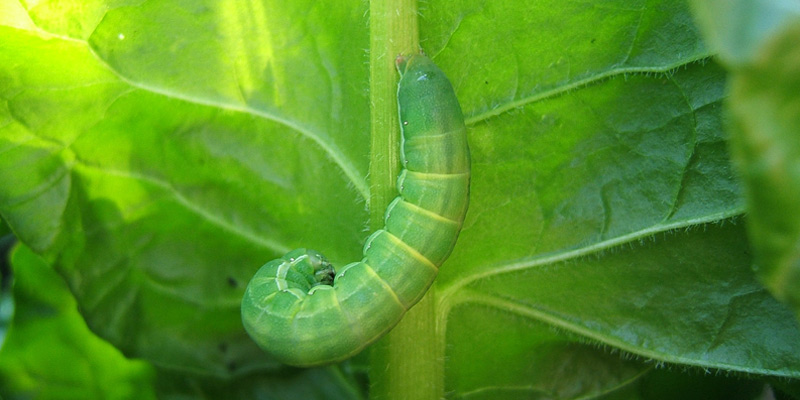
5. Organic Pest Control
Pests on your vegetables are…..a pest. They are a total nuisance and a very irritating reality of growing your own, especially if you are embracing organic gardening and avoiding chemicals. It’s so disappointing when you see your hard work going straight to the compost heap because some caterpillars have just demolished that broccoli you were leaving until it got ‘a bit bigger’, or a large family of earwigs have set up home in your prize cabbage.
But don’t worry…there are some natural and organic ways to keep pests at bay and off your vegetables.
It’s worth noting here, that organic gardening principles work to establish healthy, strong plants that adapt to their environment over a number of years. In doing this, the plants build their own resistance to pests and in a well established organic garden, pest control might not be required. The first step to achieving this, is growing strong healthy plants in the first place. So get your soil health up to scratch and give your plants their best chance to thrive.
But for us beginners, it’s likely the pests will still show up, so here are a few natural remedy suggestions that you can try:
- Shake up 1Tbsp of vegetable oil, a few drops of dishwashing liquid and a litre of water in a spray bottle. This solution can be sprayed liberally onto plants affected by aphids, mites and thrips. The oil coats the bodies of the insects and effectively suffocates them…bad news for them but good news for our veggies!!
- Use a certified organic neem oil insecticide which is a fantastic all rounder. It can be made into a spray solution and used on affected plants. It’s also effective as a preventative measure for plants that frequently succumb to pest infestations – just use as per the instructions before the pests take hold.
- Good old manual labour…. Our beautiful crop of cavolo nero has been a target for hungry bugs since they were planted. It took a while for anything edible to grow, but now the plants have grown stronger and leaves have formed, I can get under there and brush off all the caterpillar eggs and babies with a toothbrush and a weak solution of washing up liquid. This is a pain to do but it really works. It only takes a few days to see visible results (and more greens for me to eat…!).

6. Crop Rotation
Different plants take different nutrients from the soil. So if you grow the same vegetable in the same spot year after year, the soil will end up lacking in the particular nutrient that plant needs. This will mean your plants won’t be healthy and won’t give you a good harvest.
By changing out your plants each year, you can keep your soil healthy and end the life cycle of pests and diseases that have made themselves comfortable.
The thought of setting up a garden from scratch can seem like a daunting task but you can start small with a few pots on your kitchen window sill or a planter on your deck. The principles we’ve talked about here all still apply; and if you’re in doubt….soil health first!!!
If you’re keen to know more, Annabel Langbein has some brilliant gardening pages with easy to understand, succinct sections of information.
Speaking from experience, gardening can feel like a chore and we don’t always prioritise enough time to have a neat, productive garden. But when we make the effort, keep the weeds down, dig in the compost and plant stuff…we’re rewarded with fantastic, organic food that tastes amazing and is super good for us. And then we think the little bit of work we put in has all been worth it.


